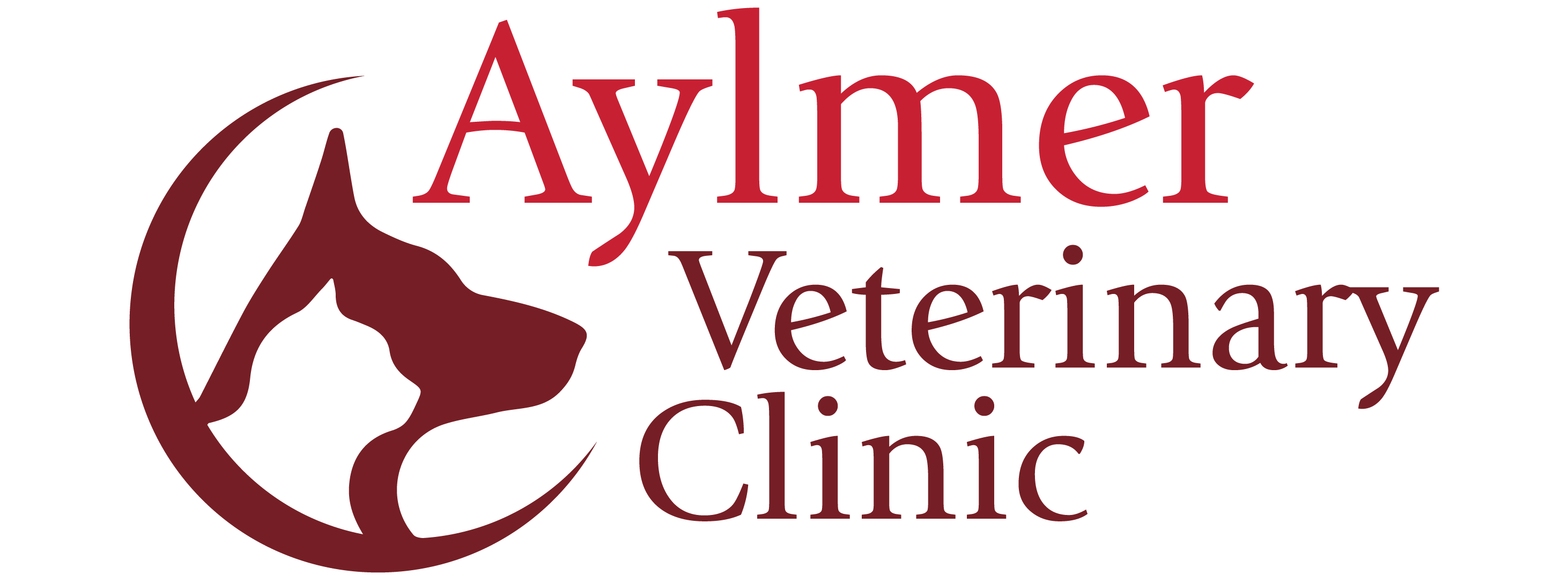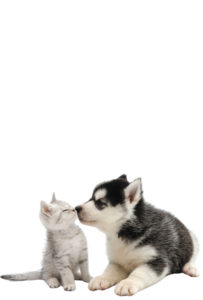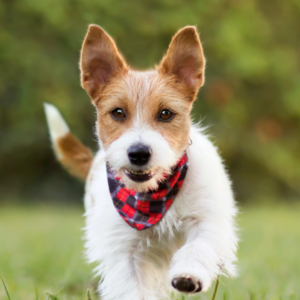Dairy cows need to be milked twice a day, at roughly 12-hour intervals, 7 days a week, and 52 weeks a year. Dairy farmers must also do many other chores such as feeding the cows and calves, cleaning facilities, removing manure, breeding cows, not to mention growing the crops needed to feed the herd. Like everyone else, they would also like to be able to spend some time with their families.
Robotic milkers have been developed so that the cows can be milked without anyone present. The farmer still has about the same amount of work to do but has more flexibility in his or her schedule. Most cows need to be taken to the robot a number of times after calving to be trained to enter on their own to be milked. When in the stall the cow is given a small amount of tasty grain as a reward, but they are usually anxious to go in and get milked once their udder is full. This is a great advantage of the robot milkers since cows that are producing a lot of milk may prefer to be milked more frequently and they can go when they want. If they try to enter too often they will not be milked since too frequent milking can irritate their teats without any benefits.

The robot room is situated in the free stall barn where the cows can roam at will, sleeping and eating when and where they want, and then being milked just a few steps away from their home. The robot has a front and rear gate to let the cow in, hold her to be milked and then let her go. In this video, this Jersey cow wanted to get another helping of the grain that comes with milking, but she was just in a short time ago, so the robot just sent her through.
On the other side of the milking stall is a very clean robot room. When the cow enters, the robot reads her ID from a computer transponder mounted on her leg or neck. If she is to be milked, the process starts. The computer remembers who she is, and may adjust the length of the milking stall to help position her. Her grain treat is dispensed, and the robot starts by cleaning her teats. In this barn, there are 2 robots with their large arm that swings under the cow to do its job.
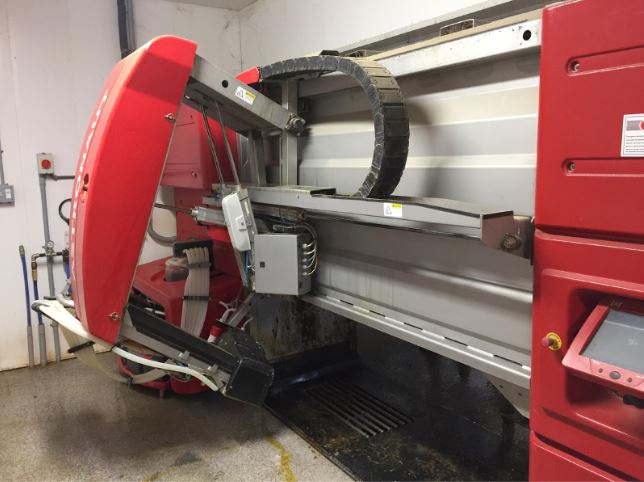
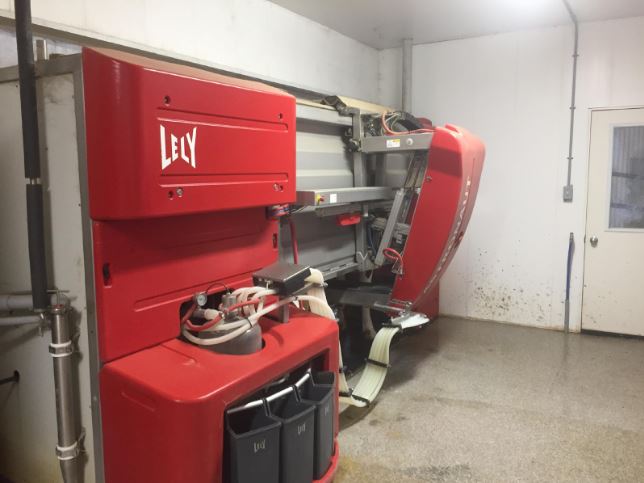
The robot arm swings underneath the cow and soft bristles brush any loose dirt off the teats. The arm then swings back, and a mild disinfectant is sprayed on the brush, and it returns to clean the teats more. This gentle massaging action also stimulates the cow to let her milk down.
After the teats are clean, a laser is used to determine exactly where the teats are. The milkers are then attached, and milking starts. In this video the cow has only 3 teats, so one unit is not used. While milking takes place the teat brush is disinfected to be ready for the next cow. The milk flows through hoses to a holding jar before being sent to the bulk milk tank in another room.
Sensors detect when the milk flow is finishing in each teat, and each teat cup is removed at the optimal time. The teats are sprayed with a mild disinfectant “teat dip” to prevent mastitis germs entering the teat end sphincter form any manure that may be splashed up while she walks away. The teat cups are then returned to their holding station where they are disinfected, and all the rinse water is diverted to wastewater.
While milking is taking place the milk flow from each teat is recorded and shown on a monitor on the side of the robot. All the information is sent to the farm computer system for record keeping and analysis. While the cow is in the stall the system also records information about activity levels for heat detection for breeding.
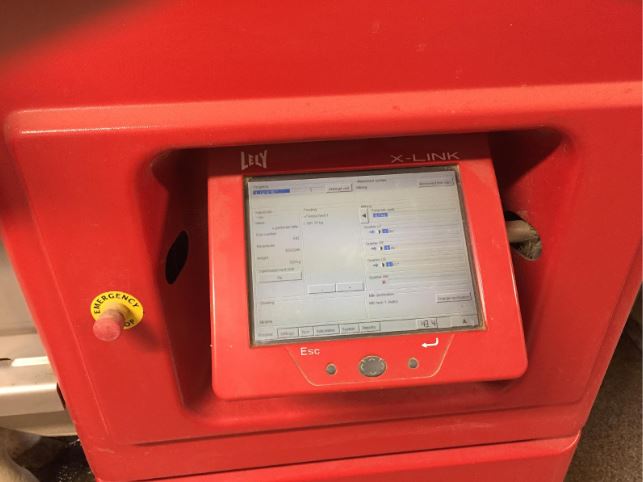
The robot and all the hoses and equipment associated with it have to be meticulously cleaned by the farmer. There is usually 1 robot costing about $250,000 needed for every 50 to 70 cows, so this system is not used very often in the largest herds.
As you can see, cows adapt very nicely to the system, and some seem more interested in the new person in the barn.
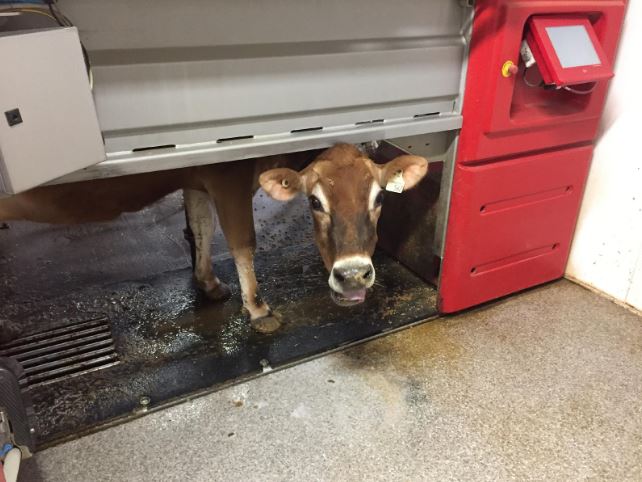
Written by: Dr. Raddatz, Veterinarian
Thank you to Mike Sleeger of Sleegerdale Farms for allowing us to use images and videos from his farm.
